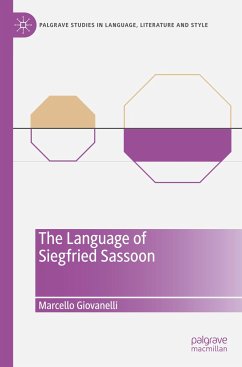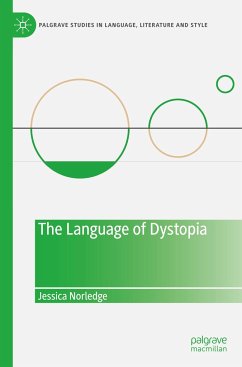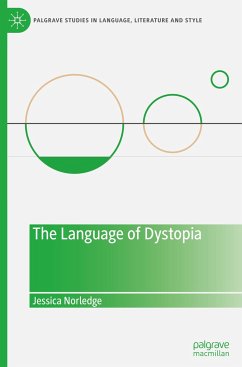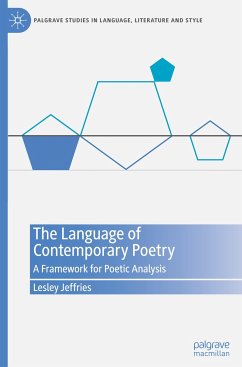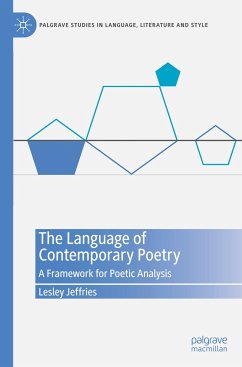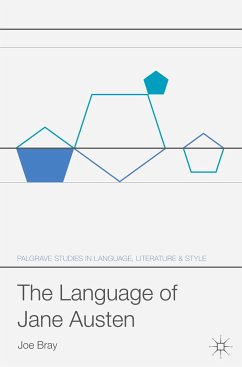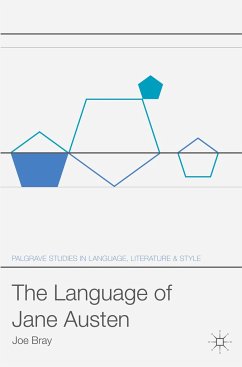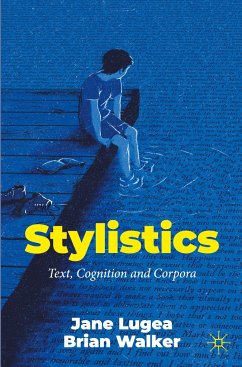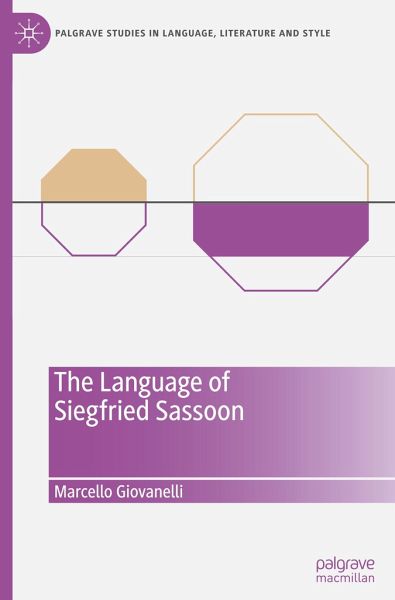
The Language of Siegfried Sassoon
Versandkostenfrei!
Versandfertig in 6-10 Tagen
75,99 €
inkl. MwSt.
Weitere Ausgaben:

PAYBACK Punkte
38 °P sammeln!
This book presents a cognitive stylistic analysis of the writing of Siegfried Sassoon, a First World War poet who has typically been perceived as a poet of protest and irony, but whose work is in fact multi-faceted and complex in theme and shifted in style considerably throughout his lifetime. The author starts from the premise that a more systematic account of Sassoon's style is possible using the methodology of contemporary stylistics, in particular Cognitive Grammar. Using this as a starting point, he revisits common ideas from Sassoon scholarship and reconfigures them through the lens of c...
This book presents a cognitive stylistic analysis of the writing of Siegfried Sassoon, a First World War poet who has typically been perceived as a poet of protest and irony, but whose work is in fact multi-faceted and complex in theme and shifted in style considerably throughout his lifetime. The author starts from the premise that a more systematic account of Sassoon's style is possible using the methodology of contemporary stylistics, in particular Cognitive Grammar. Using this as a starting point, he revisits common ideas from Sassoon scholarship and reconfigures them through the lens of cognitive stylistics to provide a fresh perspective on Sassoon's style. This book will be of interest to students and scholars of stylistics, war poetry, twentieth-century literature, and cognitive linguistics.



